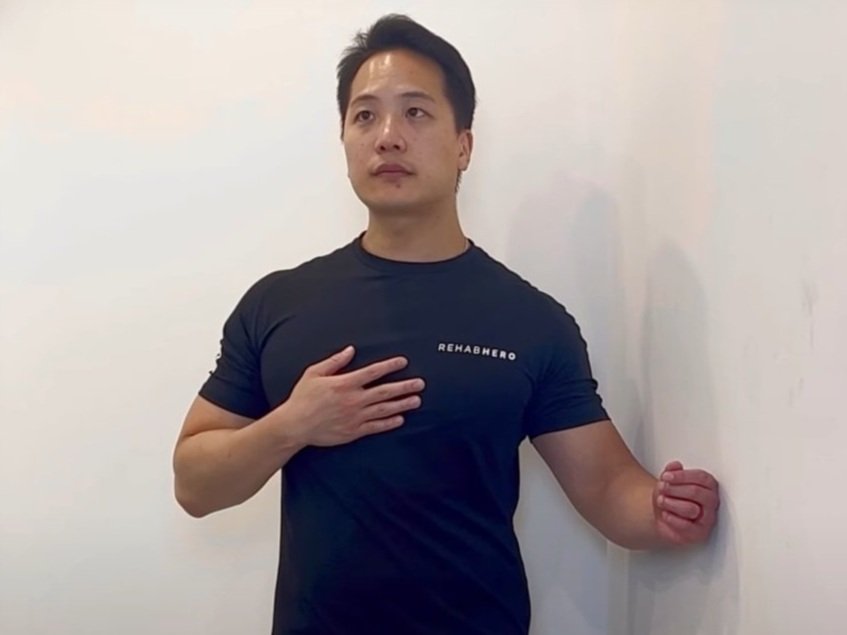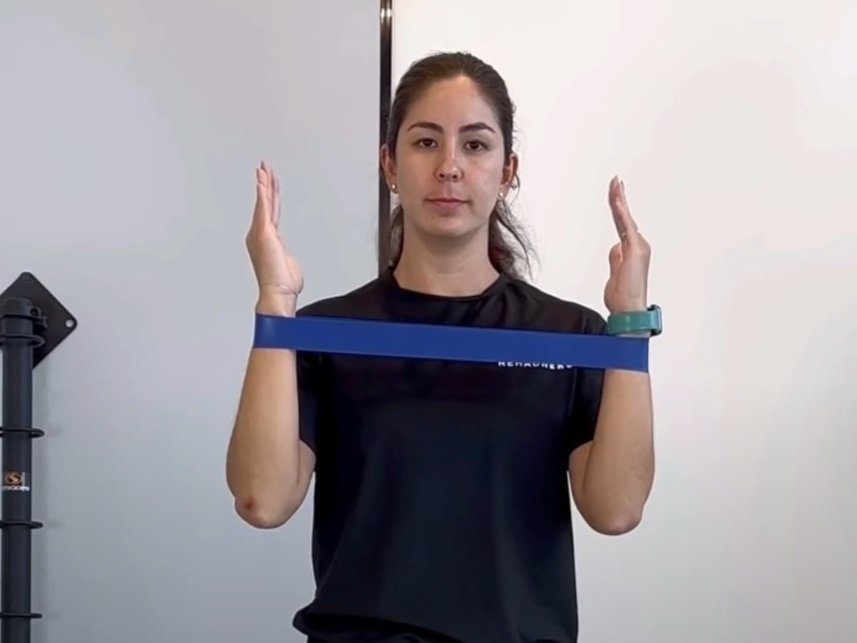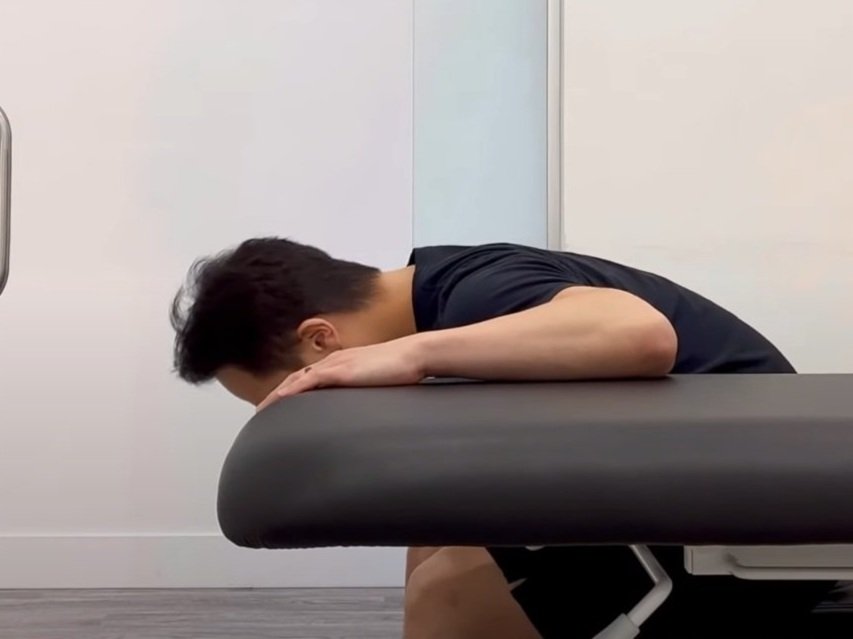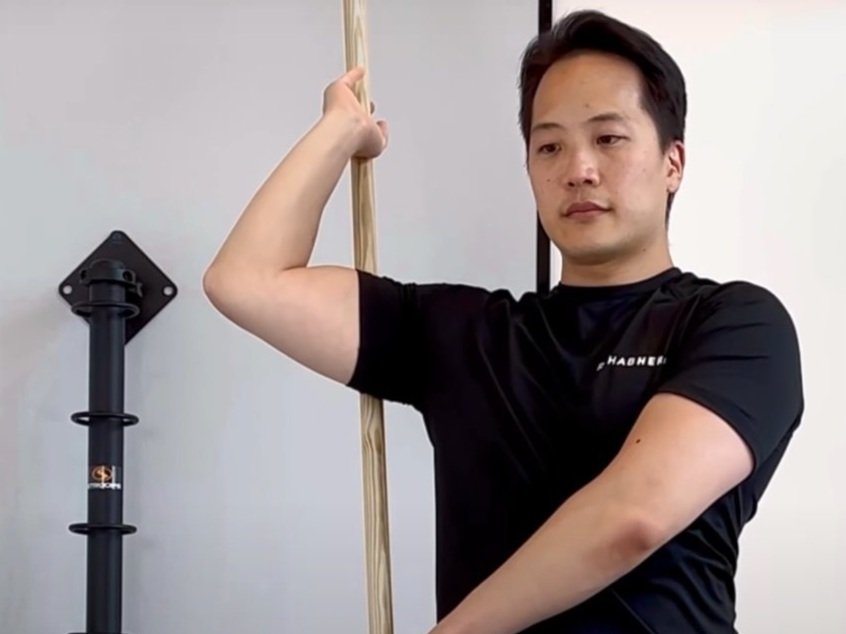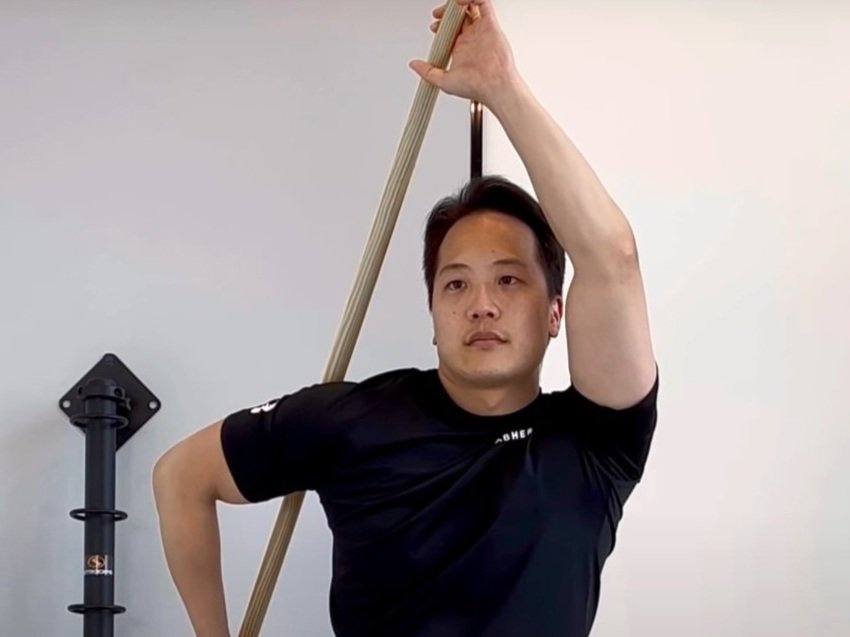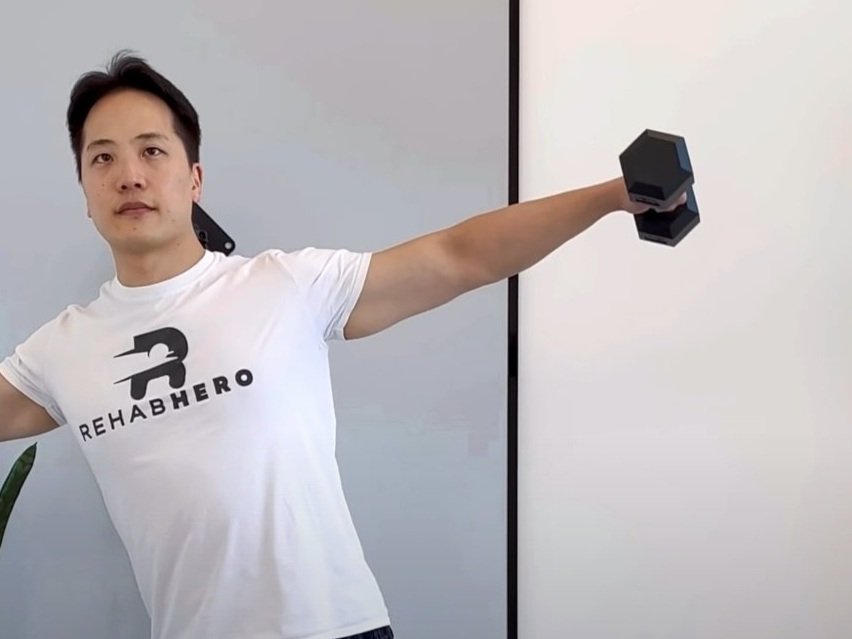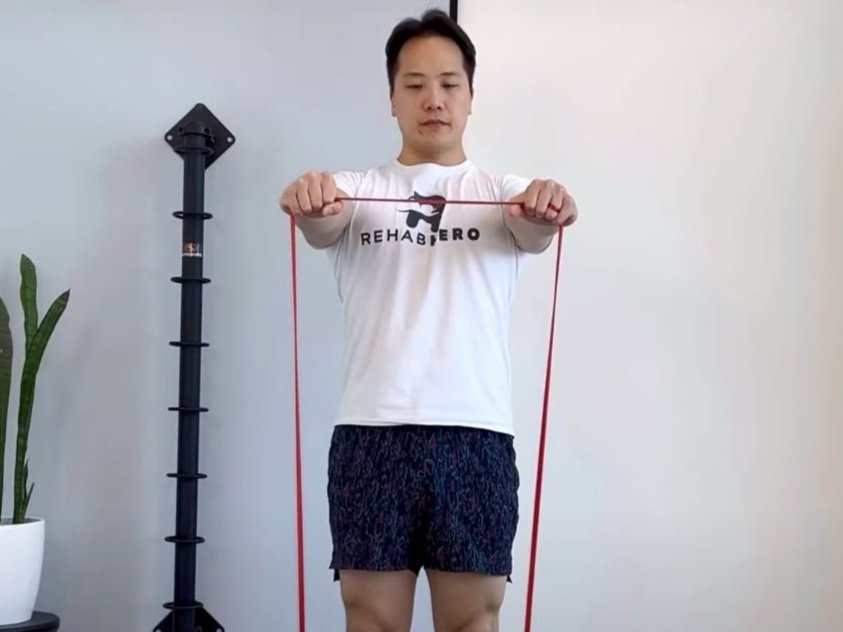Biceps Pulley Sling
The Biceps Pulley Reflection System
How your shoulder pain isn’t just caused by the rotator cuff.
What is the biceps pulley reflection system?
The biceps pulley reflection system, or also known as the biceps pull sling, is a tendinoligamentous sling that surrounds the long head biceps tendon. This means that this structure is composed of both ligaments and tendons. It’s main role is to stabilize the long head of biceps tendon in activities that require movement of the shoulder.
How does the biceps pulley sling work?
Starting from the biceps brachii muscle belly, the long head of biceps tendon passes up and through the bicipital groove. It then passes through the pulley system before it takes a sharp turn to attach to the superior glenohumeral labrum and supraglenoid tubercle.
The structures that compose of the biceps pulley reflection system keep the biceps tendon in place so that you can have efficient biomechanics. This system is called a pulley because it effectively works just like one!
What is the biceps pulley sling made of?
The biceps pulley sling is composed of fibers from muscles, ligaments, and tendons. It’s due to these multiple sources of connections that the sling is able to provide much needed stability to the long head of biceps tendon.
In order to fully comprehend the components of the biceps pulley sling, we need to first understand the rotator interval, which is a U-shaped sling that functions to stabilize anterior forces of the long head of biceps tendon.
What is the rotator interval?
The rotator interval, also known as the rotator cuff interval, is a somewhat triangular region of the shoulder that functions to stabilize the shoulder against hyperextension, hyperflexion, hyperadduction, and hyper external rotation. This region connects from the coracoid process (bony piece that extends forwards from the scapula) to the humerus.
The rotator interval is composed of 6 main structures:
Supraspinatus tendon
Subscapularis tendon
Coracohumeral ligament
Superior glenohumeral ligament
Long head of biceps tendon
Glenohumeral joint capsule
These 6 structures form 4 layers within the rotator interval. Going from most superficial to deep the layers are:
Coracohumeral ligament
Coracohumeral ligament, Subscapularis tendon, supraspinatus tendon
Coracohumeral ligament (again)
Superior glenohumeral ligamant and glenohumeral joint capsule
The long head of biceps tendon passes between the coracohumeral ligament and the superior glenohumeral ligament. Altogether this creates the biceps pulley reflection system.
How the coracohumeral ligament contributes to the rotator interval
Coracohumeral ligament as previously mentioned forms 2 of the 4 layers of the rotator interval. It does so as the corachumeral ligament is composed of 2 different bands and 2 different layers.
The anterior band starts from the base of the coracoid process and connects to the transverse humeral ligament (this ligament is the ‘roof’ of the bicipital groove). It also connects directly to the superior border of the supraspinatus and lesser tuberosity. The fibers of the anterior band additionally blend in with the superior subscapularis in addition to it’s contribution to the transverse humeral ligament. In this respect, it forms the anterior sheath of the long head of biceps tendon therefore contributing to the biceps reflection pulley.
The posterior band, similarly to the anterior band, starts from the coracoid process. It then connects to the anterior edge of the supraspinatus and greater tuberosity.
It is through these connections that issues regarding the coracohumeral ligament may have clinical impacts on the supraspinatus and biceps tendon, and vice-versa.
In addition to the 2 bands, there are two layers within the coracohumeral ligament: the superficial and deep layers. The superficial coracohumeral ligament is the layer that blends in with the supraspinatus and subscapularis tendons. The deep layer contributes to the rotator cable and is the component that attaches to the greater tuberosity and lesser tuberosity of the humerus.
How does the superior glenohumeral ligament contribute to the rotator interval?
As previously mentioned, the superior glenohumeral ligament forms the deepest and 4th layer of the rotator interval with the glenohumeral joint capsule. In this respect it forms the ‘floor’ of the rotator interval. It originates at the anterior superior labrum and glenoid. This ligament creates a U-shaped sling that crosses under the long head of biceps tendon. It then inserts into the lesser tuberosity just above the subscapularis tendon. In this respect, it also contributes to the superior portion of the transverse humeral ligament and therefore stabilize the long head of biceps tendon anteriorly.
How does the supraspinatus contribute to the rotator interval?
The supraspinatus is the main muscle functioning in the role of shoulder abduction. It is most relatively active in the first 30 degrees of abduction, and works together with other shoulder muscles like the deltoids in this movement. Most importantly however is it’s role, along with the other rotator cuff muscles, in stabilizing the humeral head in the glenoid fossa.
It has fibers that run from it’s anterior aspect that goes to the bicipital groove. The supraspinatus tendon runs to the insertion of the subscapularis that is found on the lesser tuberosity of the humerus. The supraspinatus fibers also blend in with both the coracohumeral ligament and the biceps pulley sling.
How does the subscapularis contribute to the rotator interval?
The subscapularis is the rotator cuff muscle largely responsible for internal rotation in addition to its primary role of stabilizing the humeral head within the glenoid fossa. The superficial fibers cross the bicipital groove and forms the roof of the transverse humeral ligament. It forms this roof in combination with the superior glenohumeral ligament. The deep fibers form the floor of the biceps pulley sling.
How is the biceps pulley sling related to my shoulder pain?
Shoulder pain is one of the most common type of musculoskeletal injuries with it ranking as the 2nd to 4th most common injury in epidemiological studies. Within the realm of shoulder injuries, pain along the front of the shoulder is one of the most common symptoms. This can be explained through the relationship between the long head of biceps tendon, supraspinatus, subscapularis, coracohumeral ligament, superior glenohumeral ligament, and the joint capsule. All of these structures run through the front of your shoulder and can affect your function and cause pain when injured. When dysfunctional, issues with the biceps pulley sling can lead to shoulder clicking or popping along the front of the shoulder when raising the arm.
These structures are often viewed as individual tendons and ligaments, however after a deep overview of the complex anatomy mentioned above, it becomes clear that many of these ‘individual’ muscles, tendons and ligaments actually have their fibers blend in with one another. In this respect, when one structure becomes injured it can negatively impact the others through compensational mechanisms.
Treatment options for biceps pulley sling injury
Similar to most musculotendinous and ligamentous injuries, biceps pulley sling injuries respond well to conservative treatment. Conservative treatment includes exercise rehabilitation, soft tissue therapy, and other modalities administered by a physiotherapist or chiropractor. Other health care practitioners such as a sports naturopath or massage therapist will also be well equipped to provide the treatments necessary to help you with your recovery. Treatment modalities include the use of shockwave therapy, acupuncture, scrapping therapy, or cold laser.
Exercise rehabilitation programs will generally target the three main muscles involved which include the long head of biceps, supraspinatus and subscapularis. Stability based exercises or eccentric strengthening exercises may be prescribed as they are effective at restoring function within the anterior shoulder. Additional exercises that address related issues may be prescribed as well, this can include things like thoracic mobility exercise or exercise form correction (if it is a weightlifting related injury).
If you’re looking to get started with a Toronto physiotherapy or Toronto chiropractic treatment program you can book in an appointment with a Rehab Hero clinician by using the button below:
Exercise video for biceps pulley rehabilitation
If you’ve got biceps pulley sling issues the good news is that it can recover with some smart exercise rehabilitation programming. Watch our video by Markham chiropractor Dr. David Song. You can find him treating his patients with exercises, chiropractic, and deep tissue at our North York clinic as well.
Written by Dr. David Song
Dr. David Song is a chiropractor that centers his practice in the heart of North York located at Yonge and Sheppard. Coming from a weight lifting background, Dr. Song focuses his attention on helping his patients achieve their weightlifting goals pain free. Outside of the clinic you can find him at affiliated fitness centers.














